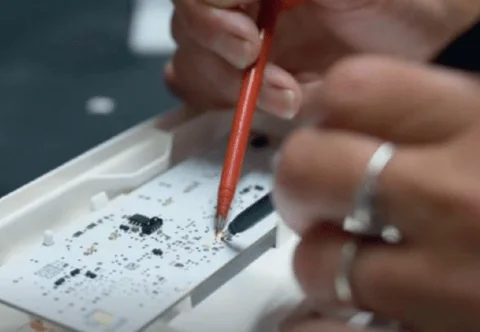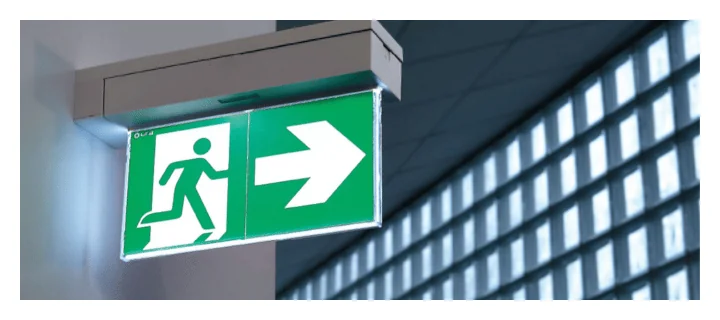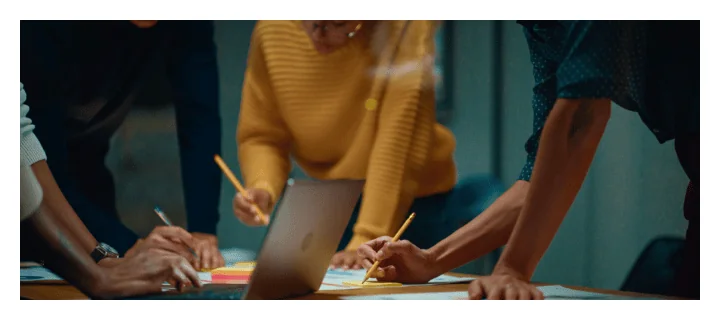- Products
- Solutions
- About us
- Resources
- Services
- Where to buy
- Global site
- Showroom Appointments
- Contact us
My profile
- Sign In
- New Partner? Start Here.
Contact us
 Showroom Appointments
Showroom AppointmentsWhere to buy
Global site
Adopting the principles of a circular economy into our activities is essential to our sustainable development approach. To minimise the environmental impact of our products, we are developing a more circular approach during the design, use and end-of-life phases of our products.

From raw material extraction to end of life including waste treatment, recycling, or reuse, all stages in the lifecycle of our products are considered to reduce or eliminate the environmental impacts.
Sarah Levine Circular Economy Director - Legrand North AmericaTo minimize the environmental impact of our products, we have implemented an eco-design approach for all our offerings. This approach covers the entire life cycle of products, including criteria for durability, repairability, and recycling.
The challenge is to take into account all aspects of the product, from raw materials to manufacturing, usage, and end-of-life, to optimize the lifespan and usefulness of the products, consume fewer natural resources, and reduce the amount of waste generated.

From the outset when designing our products, we do all we can to minimise their impact on the environment. We are trying to use an increasing number of recycled materials. We are optimising our manufacturing methods. We are eliminating single-use plastic from our packaging.
Considering the entire life cycle during the design of our products also allows us to offer new ways of marketing them. We are experimenting with two models: on the one hand, the take-back and resale of our products, and on the other hand, new ways of marketing them such as rental. These approaches help extend the lifespan of our products and reduce their environmental impact by replacing sales with the use of the product as a service, while maintaining the quality standards that define Legrand.

At Legrand, implementing a circular economy approach is a reality on the ground, that is concrete and measurable. Learn how we are living out our commitments.

Launched in 2022, the new Uralife emergency lighting range is fully eco-designed. It allows users to save 20 to 30% CO2 during the use phase. It has also been designed to extend the life of the emergency lighting unit as it can be reused or recycled.

To measure the environmental impact of our products throughout their life cycle, we have defined an eco-design index for our products. This is calculated according to the rate of single-use plastic used, compliance with environmental regulations, reduction of CO2 emissions related to eco-design or improvement of the repairability index.

In France, in collaboration with Eiffage, Legrand has set up a “second-hand” operation for emergency lighting units that had initially been destined for recycling. The emergency lighting units have been checked, cleaned, and the batteries changed and tested. After being checked, the emergency lighting units are put back in their original box and then sent to Eiffage to be installed in new buildings.
